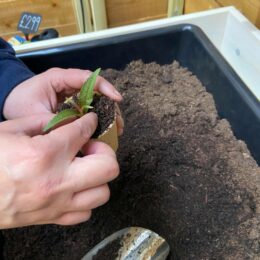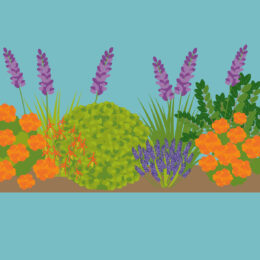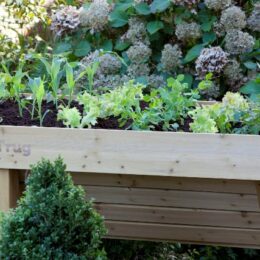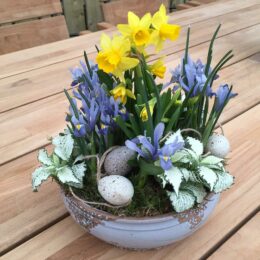Succulents are perfect for new or busy gardeners who are looking for low maintenance and easy ways to bring fun and ‘the wow factor’ into an outside or indoor space.

Recognisable examples include Aloe, Echeveria, and Sempervivums. Proper succulent care is easy once you know a few basics about what growing conditions they prefer. Succulents like a warm and bright, frost-free position, and they must be grown in free-draining soil.
The most frequent cause of failure with succulents is incorrect watering. Far more succulents are killed by overwatering than by any other means. It is important to water them in spring and summer but you must wait for the compost to dry out before watering again – and do so sparingly.
Where to plant your succulents:
Succulents lend themselves to all sorts of garden uses: in stone walls, between patio slabs and brick walls, in rock gardens, and even creating green roofs. But one of the easiest and more practical ways to grow them is in containers. Planting succulents in containers will provide you with the freedom to experiment with the bizarre array of shapes, colours, and textures available. It also allows you to move them around the garden and during cold and wet winter months you can move them inside, into your house, conservatory, or greenhouse to increase their chance of survival.

As they have shallow root systems a deep container can encourage root rot. Choose small, shallow troughs or bowls. These can be used individually or stacked together to create an amusing and eye-catching display.

Specific potting mixes are available or you can easily make your own. Simply mix a soil-based compost like John Innes No 2 with at least 30% extra grit and fine gravel.
Succulents come in many different shapes, sizes, and colours. If you want to start with something simple and reliable then plant Sedums and Sempervivums. These are amongst the hardiest and could survive winter outside if they are protected. Once you get the hang of these, you could pick out something more unusual, such as Pachyphytm, Aeonium, or Crassula.








